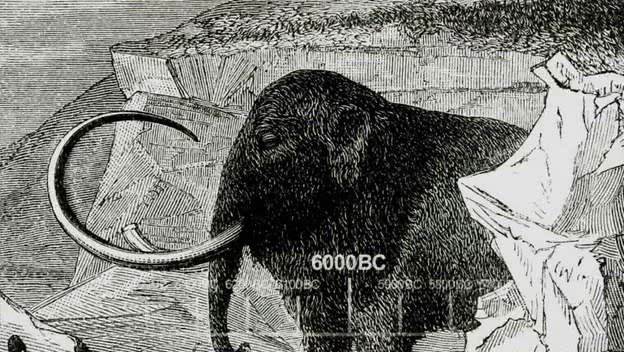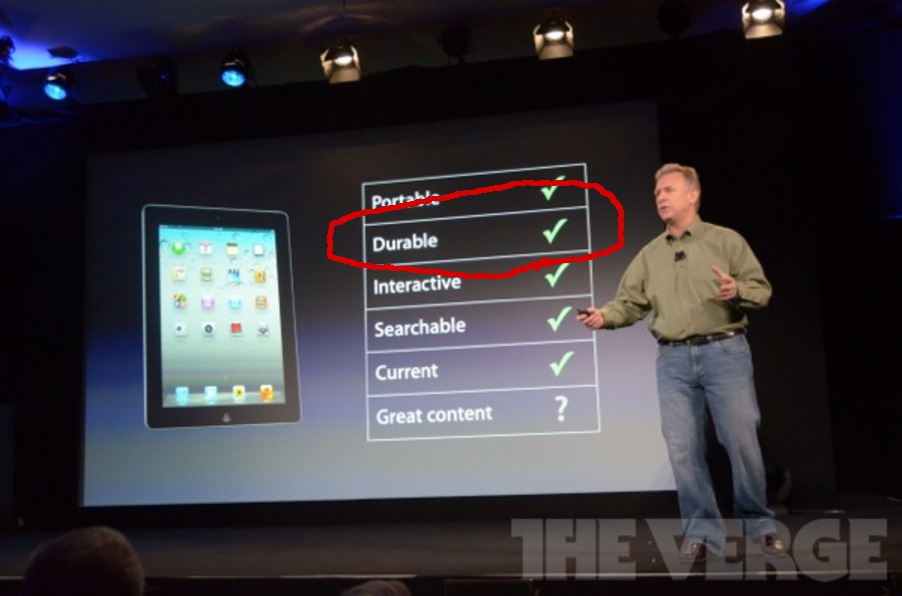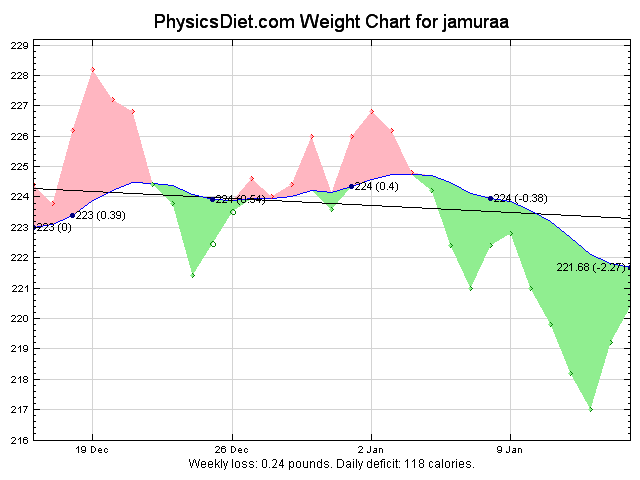Book Review: The Necromancer
The Necromancer is the fourth book in the series by Michael Scott which is titled The Secrets of the Immortal Nicholas Flamel. I have been reading this series for a little while, but I haven’t reviewed any of the books until now, so this review will also cover a little bit of the whole series. The series centers around two kids, Sophie and Josh, who are twins and they are special. As should be apparent by the name of the series, they get into some adventures with Nicholas Flamel, who is famous for being a scrivener in Paris.
This book starts with so many of the characters in disparate positions - two of the main characters are in the Pleistocene era, others are stuck running away from their masters. Josh and Sophie are separated from Nicholas and Perinelle. So right away, the events at the end of the last book are starting to make things difficult for the narrative. There are a lot of things going on from the start of this book, and there is not a lot for them to go except for some of them to resolve themselves.
Nicholas and Perinelle meet up with Josh and Sophie pretty quick in this one, and they wander around some places in San Francisco, while the story mostly revolves around the other characters. It may be fitting that the most compelling storyline in this book is the one that John Dee is taking, as he is the one which the book is titled from. He is in the most danger, after his failure to capture either of the main duos, and ends up with a particularly nasty price on his head.
All in all, I think that this book is really flawed for a few reasons. First of all, the previous three books have taken a long time presenting Dee as a particularly nasty character, so centering this book around him is a little stretching it in the first place. Part way through the book, I am not sure whether I should be rooting for him or not. The main villains which we are supposed to be worrying about causing the end of the world are all out against him, so it’s somewhat confusing to double down on some of the antagonism. So while he is clearly against these looming bad guys which we have been rallying against while he was their champion, he is suddenly against not only the main enemies, but still set in his ways against the main protagonists of the previous books.
The book also suffers from pacing problems. Part of the problem with starting all of your characters in mortal or near mortal danger is that you really don’t have a lot to go from there. The first half of the book it seems like all that is happening is either the characters in the story are staying as status quo (which is not very quo) or they are slowly solving the problems that were all set off in the previous books’ blockbuster of an ending. Halfway through the book I found myself not caring that much about the characters, and especially about some of the new characters which got added. It could be that the series is just flawed because it is centered around a group of people who don’t die by nature, but there are a lot of people to keep track of at the beginning of this book, and the list doesn’t get any shorter.
Even with these flaws, it was entertaining enough once the middle section got a bit less crazy and some of the characters ended up in little groups. Scott coalesced the story lines into just two at the end, both of which I was genuinely interested in because they involved characters that I had come to know from the previous books, and at least one of which I am rooting for in each storyline. There was also some revealing in the middle section which I was happy to see, having the world which is similar but not exactly the same as ours spelled out a bit more.
I think that I will be taking a break from this book series for a while, so that I can get onto some of the other books in my reading list, and also because I think it might be a bit stale partially because I was trying to read them straight through. I’ll at least alternate, and then maybe the books will be a little more interesting when I am picking up a familiar character set and revisiting them instead of just continuing what could have been just one long story, but with what seems like the book breaks caused some unnecessary writing acrobatics which may have hurt the story in the long run. Overall, I’m giving this book a C because of the middle when I was very not enthused to continue with reading, and the fact that the beginning was a bit forced in order to get all the characters where they needed to be at the end.






